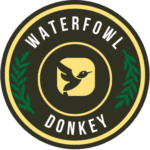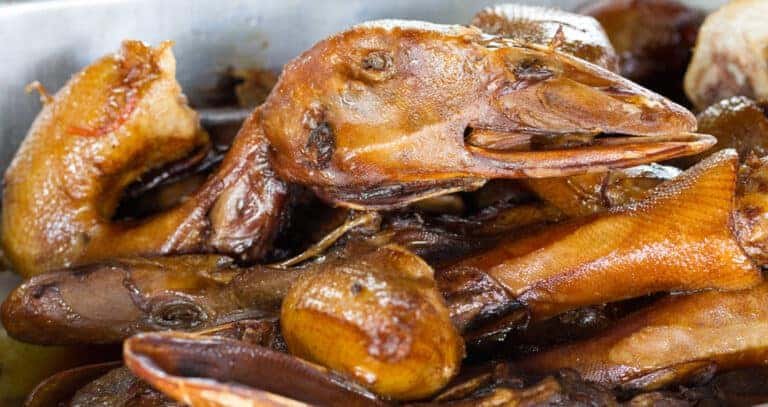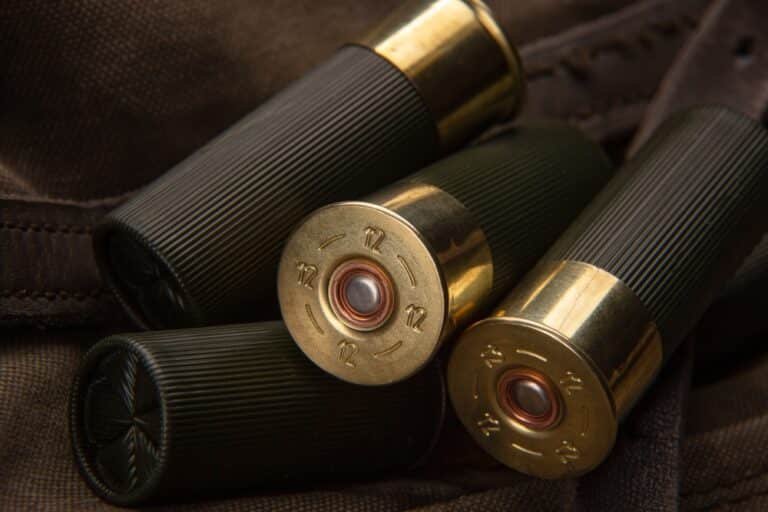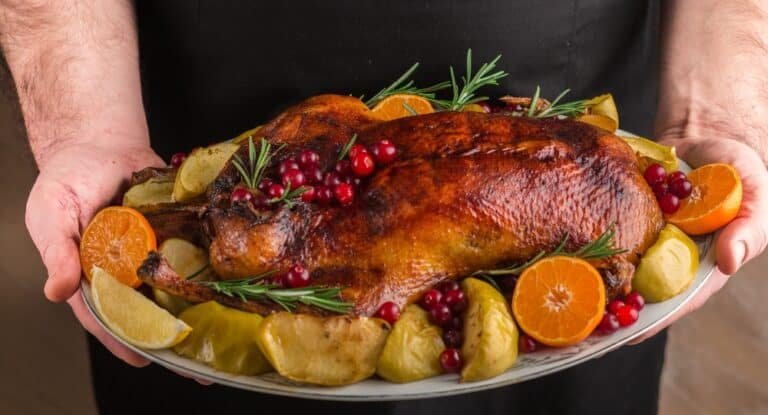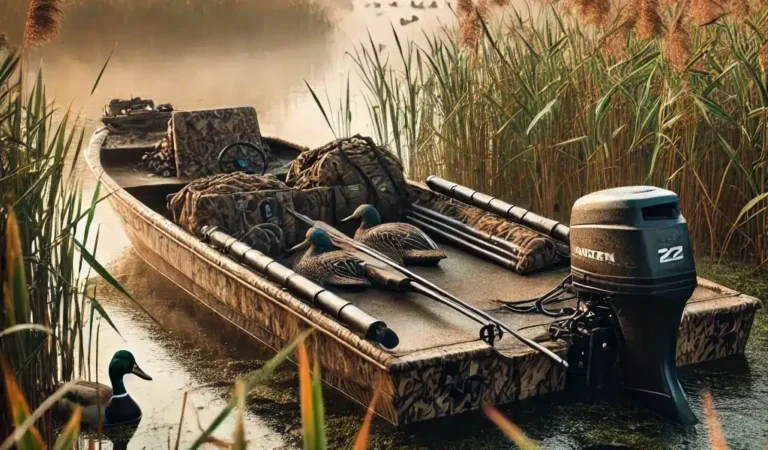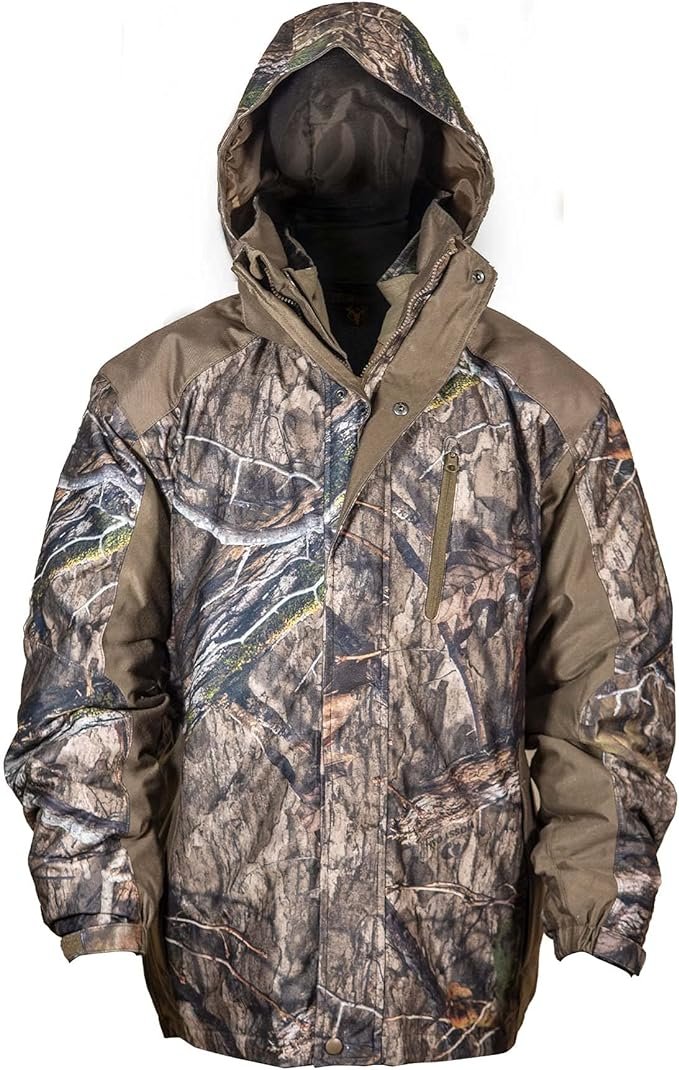The Best Choke for Duck Hunting 2025
Duck hunting has gained immense popularity for its thrill and connection with nature. It involves pursuing waterfowl in their natural habitats. Sometimes, this includes wetlands or bodies of water. Duck hunting provides the opportunity to appreciate the beauty of these graceful creatures. But what is the best choke for duck hunting? Read on.
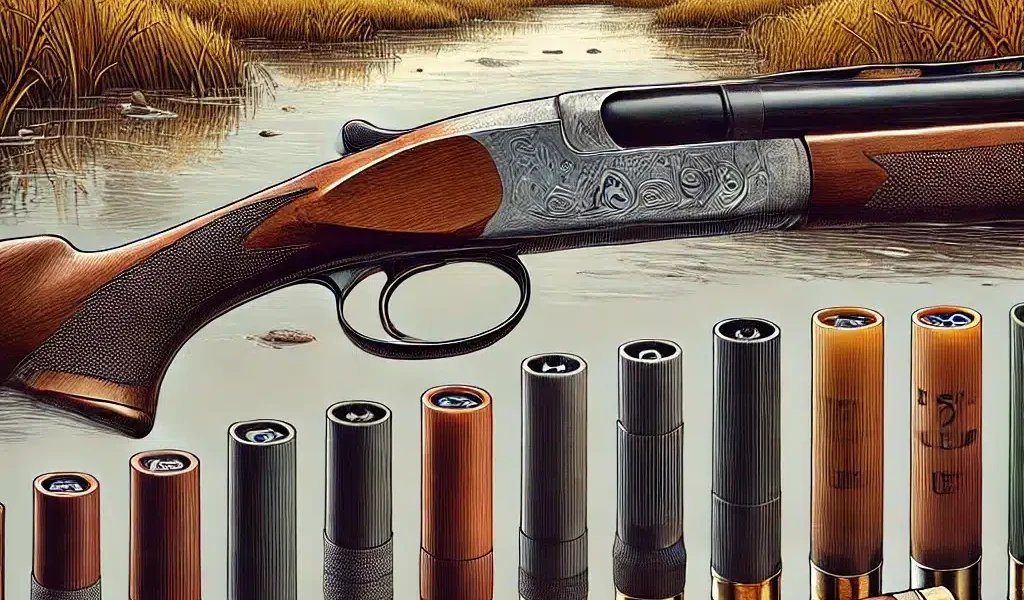
A choke refers to a constriction at the muzzle end of the barrel. They control the spread of pellets after they leave the gun. Its primary purpose is to shape and regulate the shot pattern.
This maximizes effectiveness at different distances. Chokes can either narrow or widen the exit point for shot pellets. They allow hunters to adapt their shooting capabilities to specific hunting situations.
Understanding Choke Constriction Levels
Chokes are classified based on the degree of constriction they create at the muzzle end of the barrel. This constriction directly influences the spread of shot pellets as they exit the barrel. The four main choke constriction levels are:
Full Choke (F): Provides the tightest shot pattern, ideal for long-range shots beyond 40 yards.
Modified Choke (MOD): Offers a moderate constriction, producing a balanced pattern suitable for various distances between 30-40 yards.
Improved Cylinder (IC): Features a slight constriction, resulting in a tighter pattern than a cylinder choke while still maintaining coverage at closer ranges between 25-35 yards.
Cylinder Choke (C): Provides an open pattern, best for close-range shots within 20-25 yards.
Cylinder Choke: Provides an Open Pattern
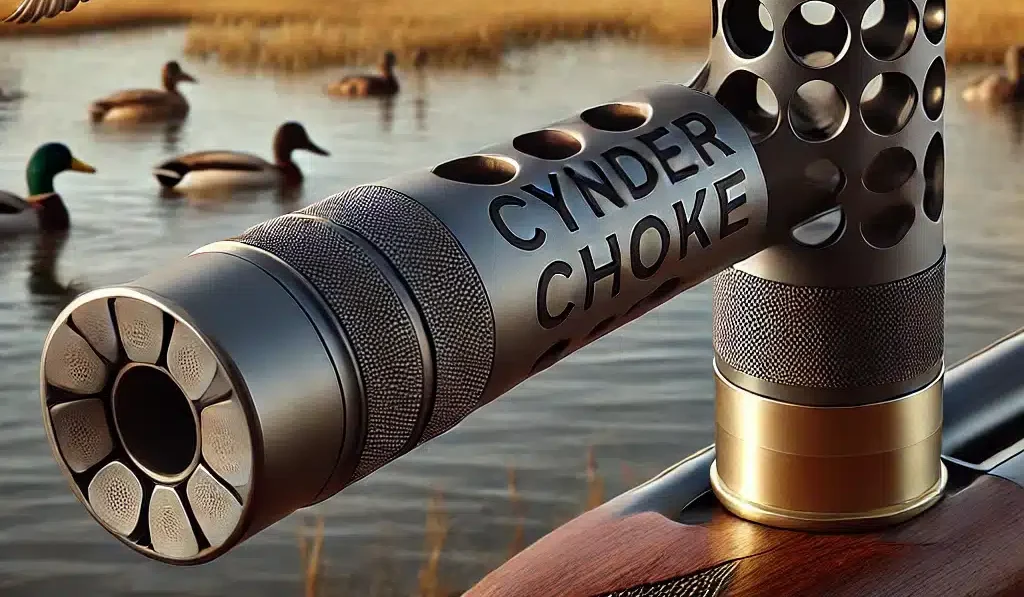
The cylinder choke has no constriction. It allows shot pellets to disperse after leaving the barrel. This choke creates a wide and open pattern suitable for close-range shots.
This is important when ducks fly within 20-25 yards of your blind. Its advantage lies in delivering wider spreads. This will increase your chances of hitting fast-moving targets at short distances.
Improved Cylinder Choke
The improved cylinder (IC) choke has a slight constriction. It tightens up the shot pattern while still providing coverage at closer ranges.
The IC choke strikes a balance between spreading pellets and maintaining control. It works well when targeting ducks flying within 25-35 yards from your position.
Modified Choke
The modified (MOD) choke is one of the most versatile options available for duck hunting. Moderate constriction provides an excellent compromise between pattern density and spread.
The MOD choke is suitable for a wide range of distances, making it a popular choice for hunters who encounter varying flying ranges. It can reach out to ducks at 30-40 yards while still keeping coverage for closer targets.
Full Choke
The full choke produces the tightest pattern among all the chokes discussed. It features significant constriction, resulting in concentrated shot placement. This choke is ideal for long-range shots to reach ducks beyond 40 yards. But use caution when firing at close targets.
Its narrow pattern can make it challenging to hit fast-moving targets up close. This reduces its effectiveness during close encounters. Understanding this helps you choose the right tool for different hunting scenarios. It also optimizes your chances of success on your next duck-hunting expedition.
Choosing a Choke for Duck Hunting
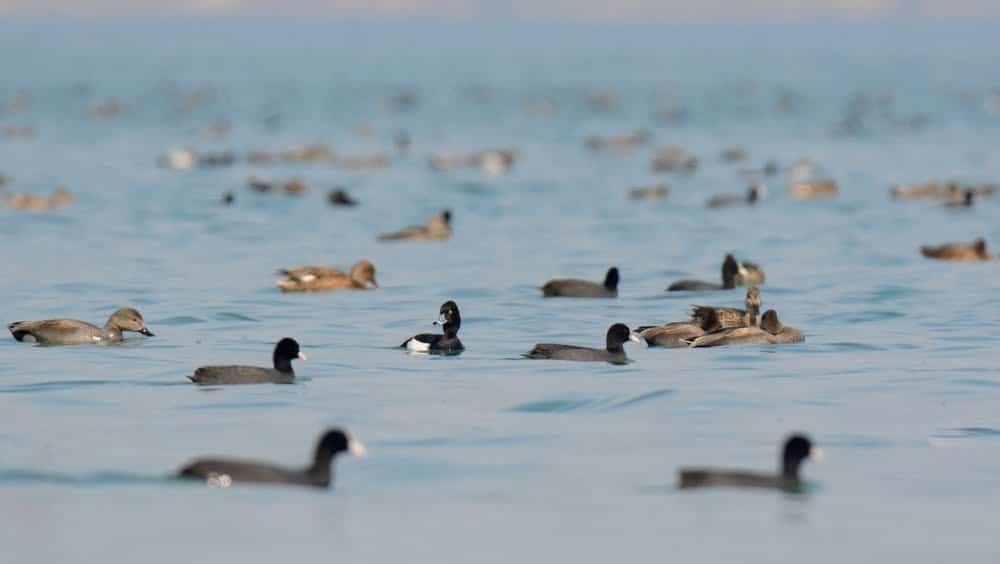
Species and Behavior of Ducks
When selecting the right choke, you must understand the behavior of the ducks. Diving ducks, such as canvasbacks or redheads, are very fast. They often need tighter chokes. These chokes help maintain a denser pattern at longer distances. This will increase your chances of hitting these swift-flying waterfowl.
Dabbling ducks, such as mallards, often prefer lower altitudes, making them more susceptible to close-range shooting scenarios. In these instances, open chokes prove to be the most effective choice, offering a wider spread pattern that ensures better coverage at shorter distances.
Hunting Environment
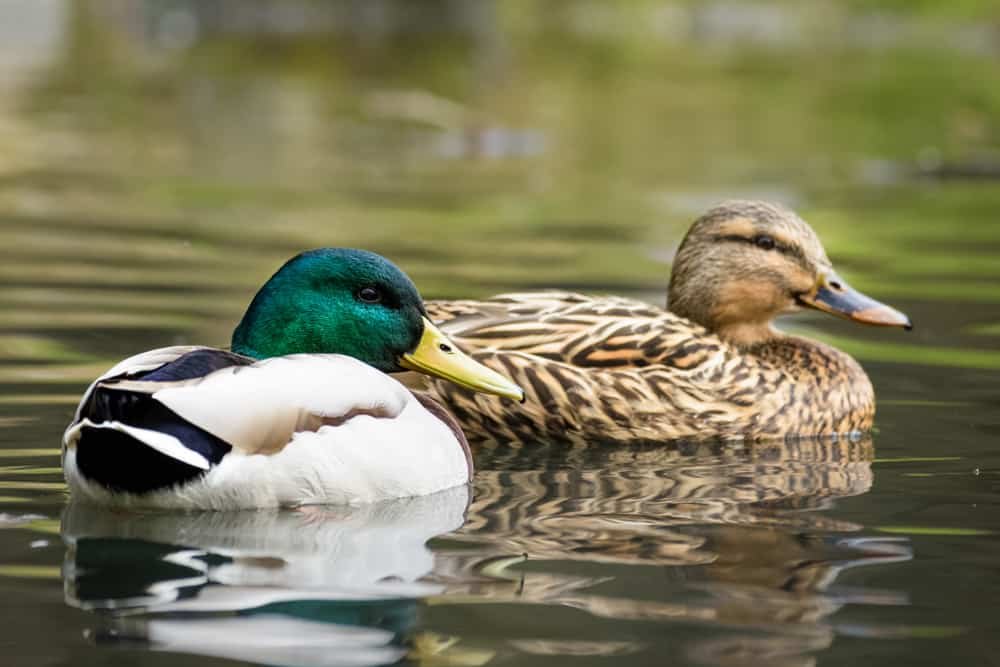
The hunting environment plays a crucial role in determining which choke is best. Adapting your choke is important in open water or walking through flooded timber.
Due to the setting, open-water hunting requires shots at longer ranges. Therefore, utilizing tighter chokes can ensure optimal pellet concentration and increased effective range.
When navigating flooded timber, use more open chokes. This allows quicker target acquisition while minimizing the risk of over-penetration. Another factor is vegetation density. Pay attention when the hunting environment can affect choke selection.
Dense vegetation may cause pellets to disperse upon impact with branches or leaves. In this case, choose a tighter choke. This will help keep pellet energy within a concentrated area.
Shotgun and Ammunition Combination

Your shotgun and ammunition can impact choke selection. Barrel length, for instance, plays an important role in determining the right choke.
Due to increased muzzle velocity, longer barrels tend to enjoy tighter chokes. This helps maintain pellet integrity and pattern density at extended distances. Shot size and material also influence the choice of choke.
More open chokes are advisable when using larger shot sizes like #2 or #3 steel. They allow for a wider spread pattern and increase the chances of hitting fast targets. It would be best to have tighter chokes for smaller shot sizes, such as #6 or #7 steel. This will ensure enough pellet concentration at longer ranges where precision is paramount.
I am considering these factors when selecting the best choke for duck hunting. These decisions will enhance your shooting performance.
The Versatility of a Modified Choke
Choosing the “best” choke depends on individual preferences and specific circumstances. One option that offers great versatility is the Modified Choke. This type strikes a balance between tightness and openness in its pattern distribution. It is suitable for various shooting distances and environments. A Modified choke provides adequate constriction to extend range capabilities. It will still allow effective shots at closer ranges if needed.
It offers versatility when faced with different duck species or varying field conditions. Many experienced duck hunters consider the Modified Choke as their go-to choice.
Shot Velocity and Choke Selection
Shot velocity, the speed at which shot pellets travel, plays a crucial role in choke selection. Higher shot velocities result in flatter shot trajectories, allowing pellets to maintain their energy over longer distances.
This makes tighter chokes more effective at longer ranges, as they maintain a denser pattern despite the spread caused by distance. Conversely, lower shot velocities require more open chokes to compensate for the reduced pellet energy and increased spread at longer distances.
Barrel Length and Choke Performance
Barrel length significantly impacts choke performance. Longer barrels provide greater time for the propellant gases to accelerate the shot pellets, resulting in higher shot velocities. This increased velocity allows for tighter chokes to be used effectively at longer ranges.
For instance, a 28-inch barrel may perform well with a modified choke for shots beyond 40 yards, while a 26-inch barrel might require a full choke to achieve similar performance at those distances. Conversely, shorter barrels typically benefit from more open chokes due to their lower shot velocities.

Conclusion: Best Choke for Duck Hunting
Finding the best choke for duck hunting requires careful consideration of many factors. Factors include species behavior, hunting environment, shotgun characteristics, and ammunition.
By understanding each choke type, you can make an informed choice. For most hunters, the Modified Choke often emerges as the best option. It strikes an excellent balance between tightness and openness.
